Workplace Diversity Report: Strategies for Envate IT Firm
VerifiedAdded on 2019/10/30
|5
|1076
|176
Report
AI Summary
This report examines workplace diversity, focusing on strategies for improvement within an IT firm, Envate. The author, an intern at Envate, highlights the benefits of a diverse workplace and suggests methods for enhancing it, including leadership modeling, formal diversity policies, unconscious bias training, and employee engagement. The report also defines managing diversity in the workplace as understanding, accepting, and valuing individual differences. It details a strategic diversity plan encompassing goal setting, approach development, implementation, and outcome measurement. The report emphasizes the importance of employee-centric approaches, such as training and resource groups, to foster an inclusive environment. References to academic research support the strategies proposed for promoting workplace diversity and inclusion.
1 out of 5
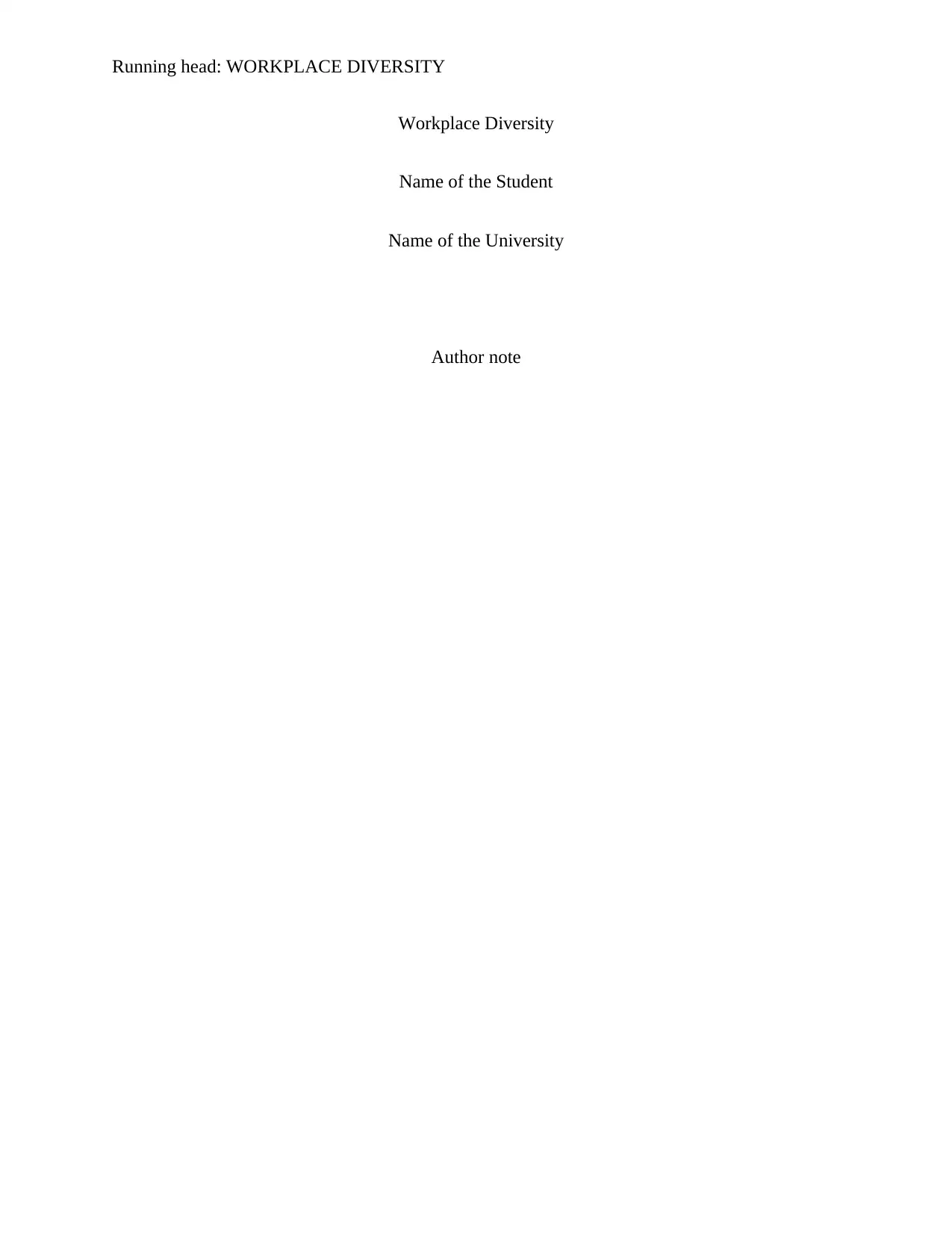
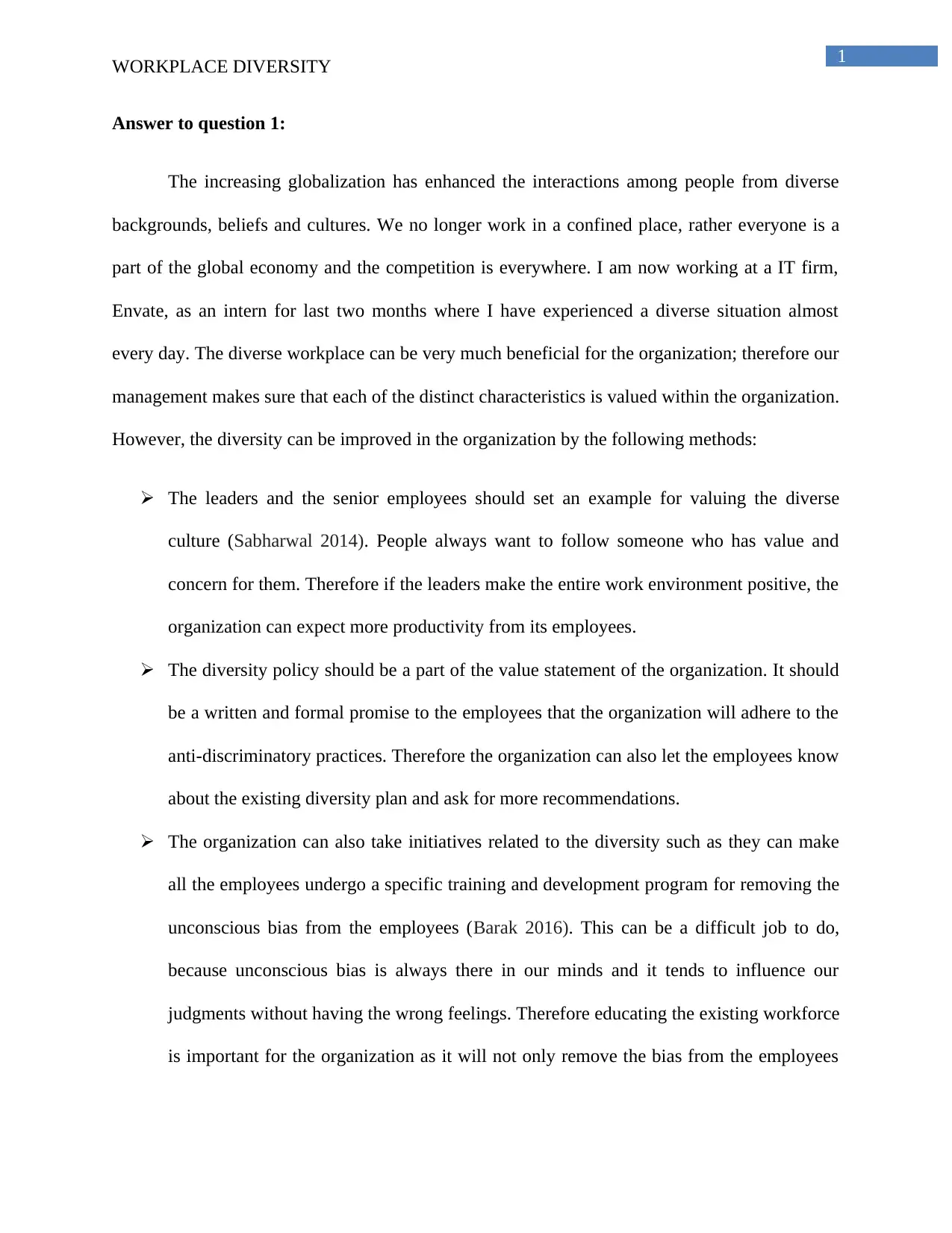
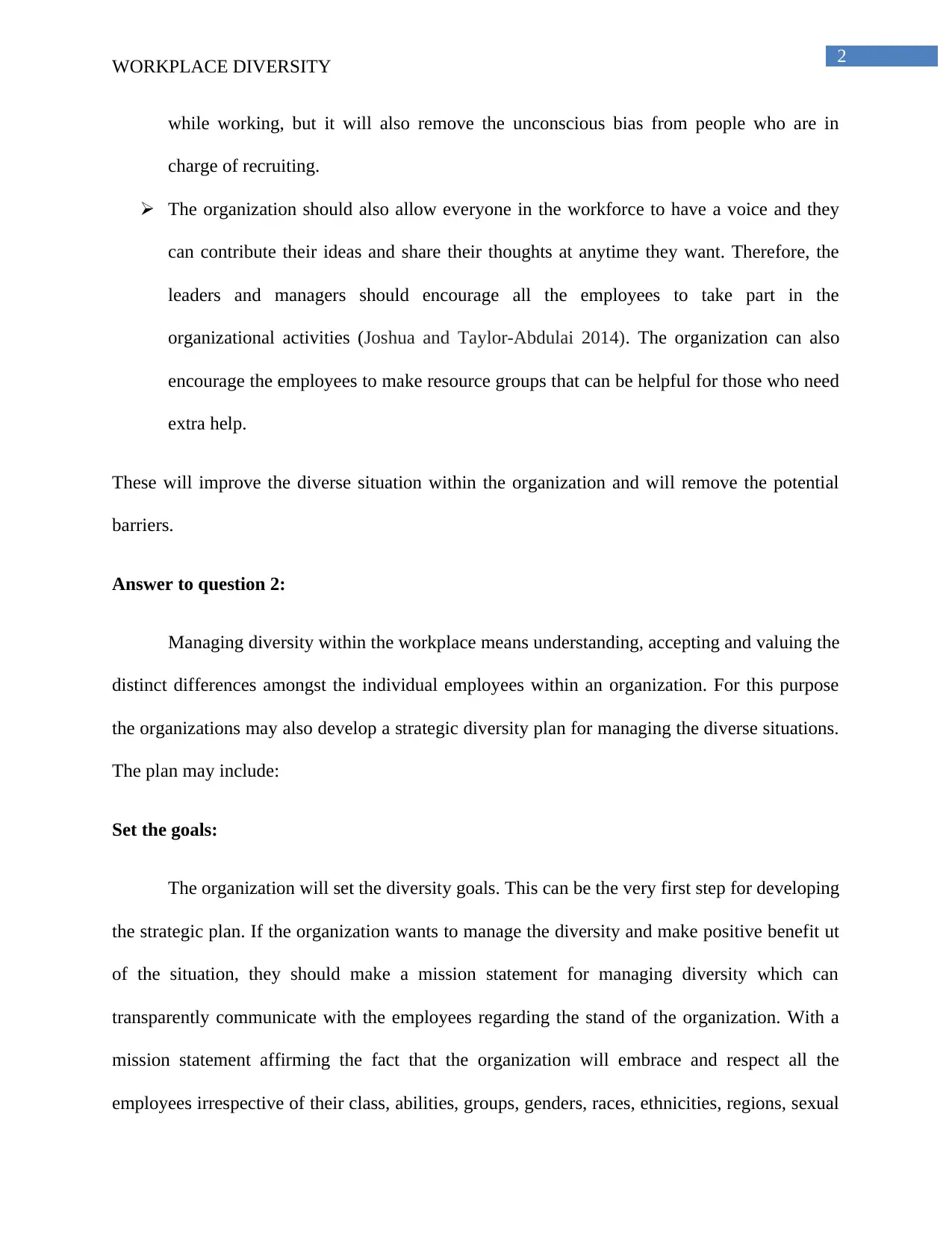
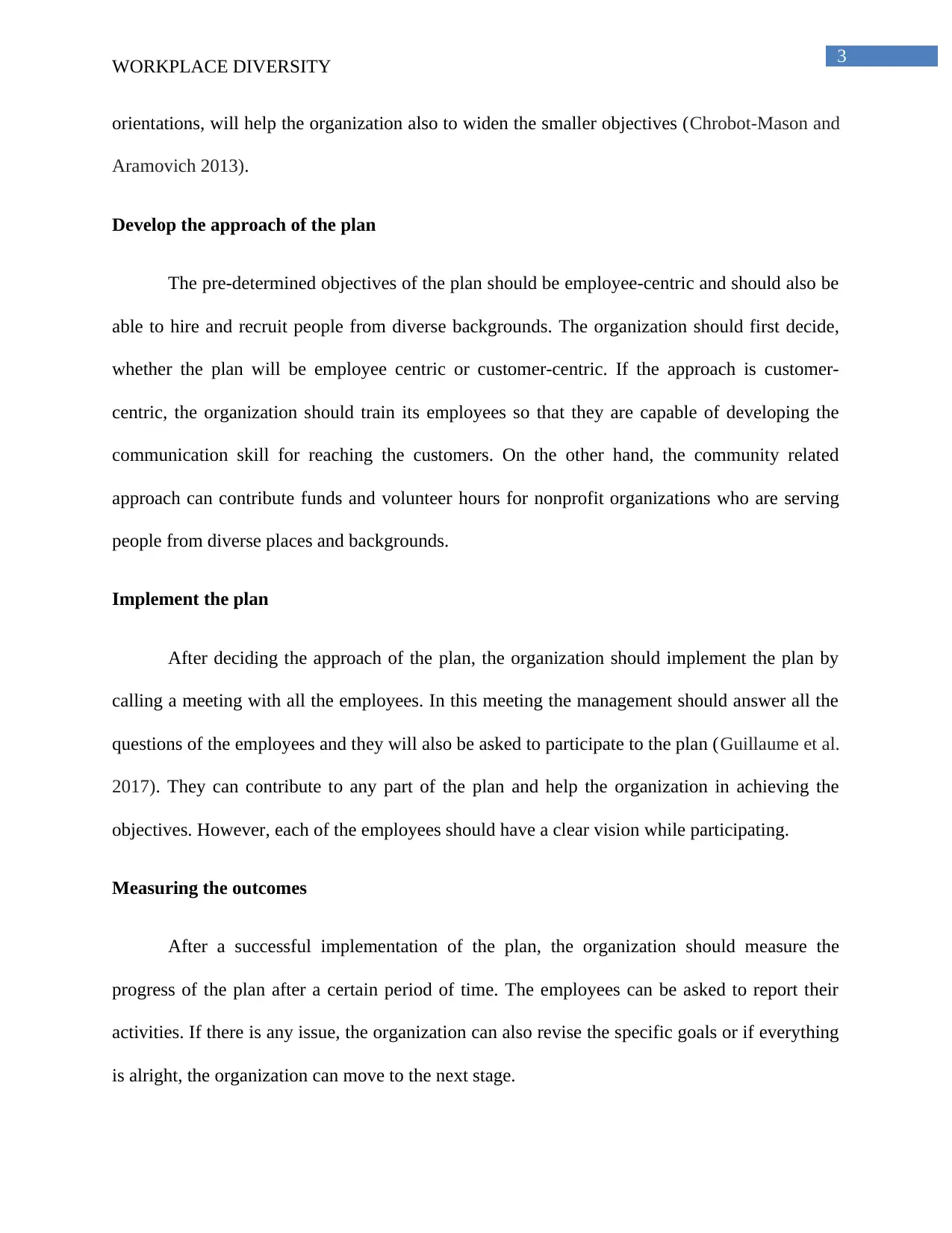
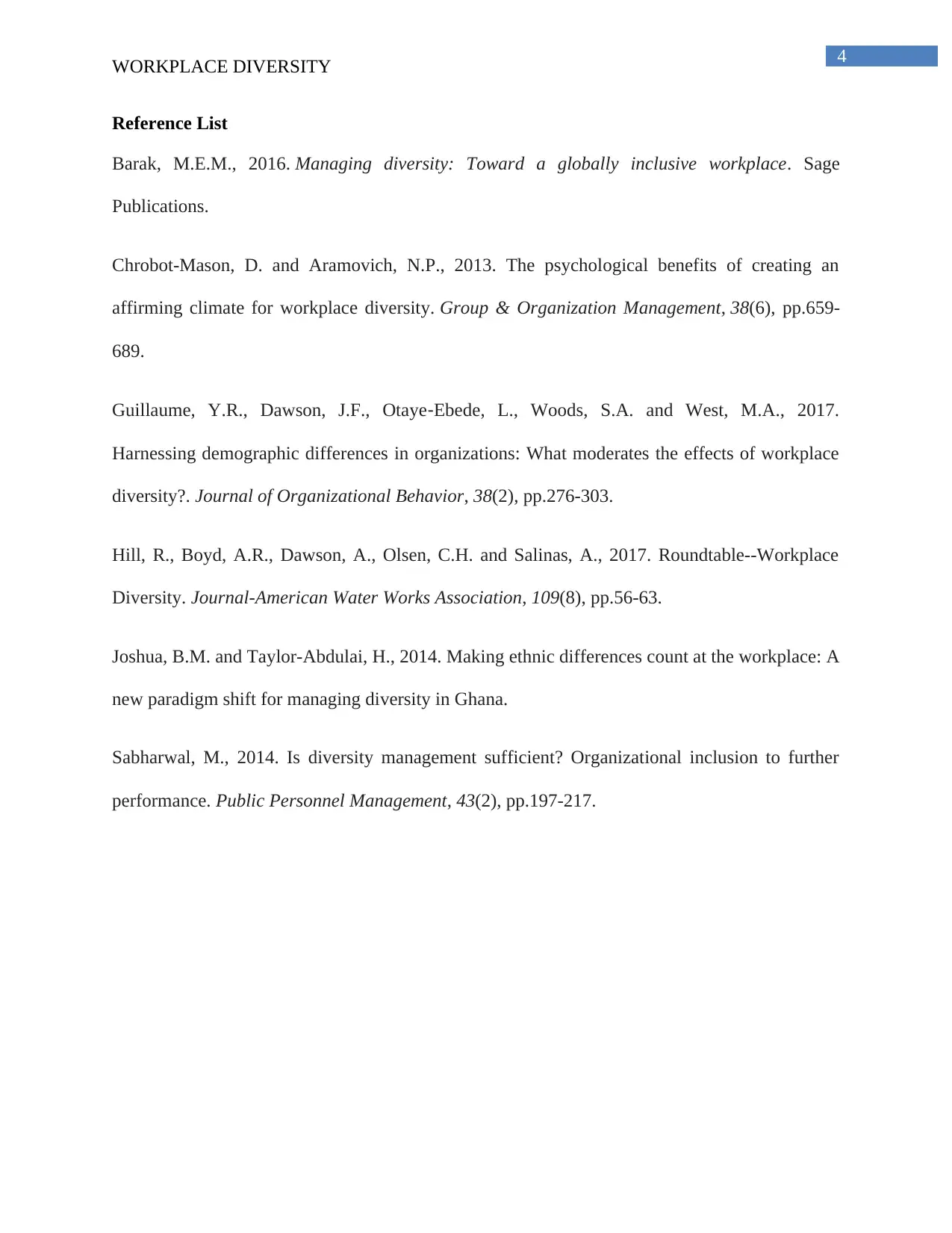






![[object Object]](/_next/static/media/star-bottom.7253800d.svg)